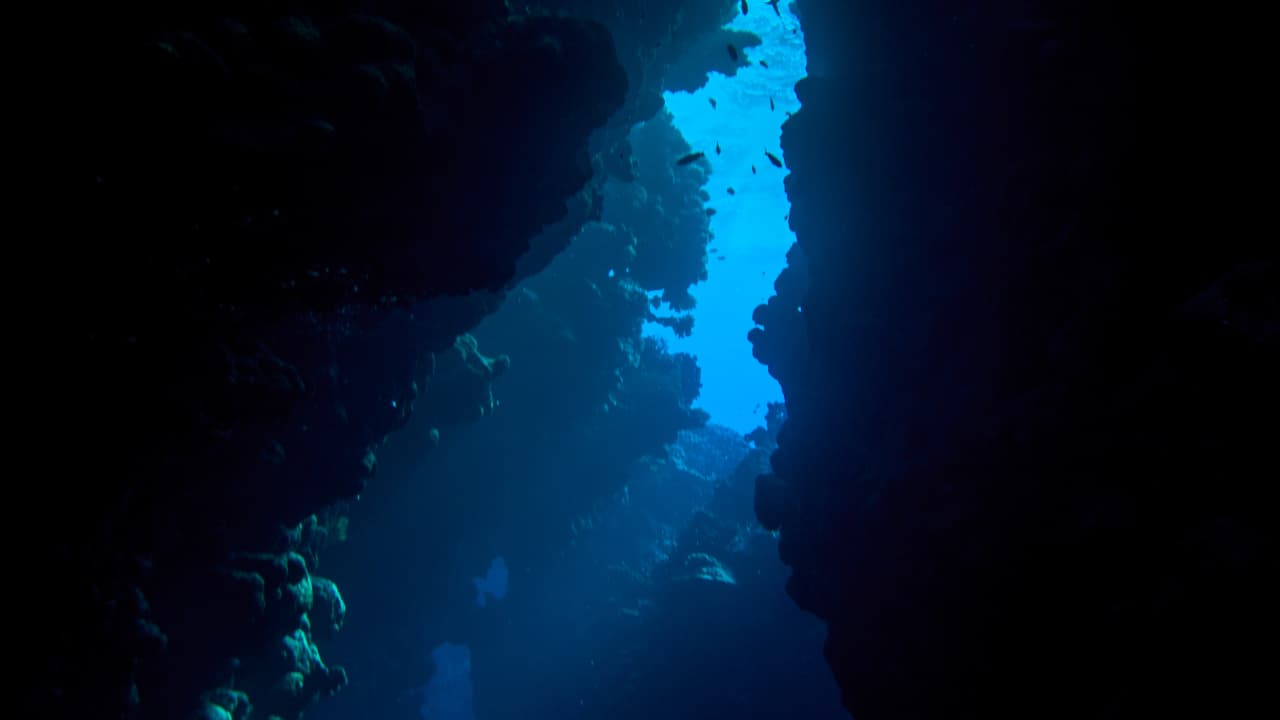Scientists have discovered a subduction zone tearing apart beneath the Pacific Northwest. Learn how this tectonic plate breakup in the Cascadia region was found and what it means for future earthquake risk.
For the first time, scientists have directly observed a subduction zone beginning to break apart. Subduction zone is the place where one tectonic plate moves under another. This discovery, published in Science Advances, gives a rare view of how the Earth’s surface transforms over time and may help better understand the risks of future earthquakes in the Pacific Northwest.
What Are Subduction Zones?
Subduction zones are among the most powerful and dramatic features on Earth. They slowly carry continents across the globe, cause large earthquakes and volcanic eruptions, and recycle Earth’s crust deep into the mantle. However, these zones don’t last forever. If they did, continents would keep colliding, eventually merging into one huge landmass, and oceans would disappear. Scientists have long wondered how such massive systems eventually stop working.
Watching a Subduction Zone Fall Apart
Off the coast of Vancouver Island in the Cascadia region, researchers have now witnessed this “train crash” taking place deep beneath the sea. Here, the Juan de Fuca and Explorer plates are slowly sliding under the North American plate. New research shows that this system is starting to tear itself apart.
Scientists used a technique called seismic reflection imaging, similar to an ultrasound of the Earth, along with detailed earthquake data to observe what’s happening underground. The data came from the 2021 Cascadia Seismic Imaging Experiment (CASIE21), funded by the US National Science Foundation.
During the experiment, sound waves were sent into the ocean floor from a research ship. Sensors spread along a 15-kilometre line recorded the echoes bouncing back. Using these echoes, scientists created images showing that the oceanic plate is cracking and breaking apart deep beneath the surface.
A Plate Tearing Apart
The research revealed large fractures running through the oceanic plate, including one area where a section has dropped about five kilometres lower than the rest. Earthquake records supported what the images showed. Along a 75-kilometre stretch of the tear, some parts still produce earthquakes, while others are quiet.
“Once a piece has completely broken off, it no longer produces earthquakes because the rocks aren’t stuck together anymore,” Brandon Shuck explained, the lead author of the study.
The absence of quakes in certain areas suggests that sections of the plate have already detached, and the gap is gradually widening over time.
The Slow Death of a Subduction Zone
This discovery shows that subduction zones don’t end in one big, catastrophic event. Instead, they die in stages through a process called “piecewise termination.” Instead of the whole plate snapping at once, smaller sections tear away over millions of years.
The faults where plates move past each other act like natural scissors, cutting the larger plate into smaller pieces called microplates. As the big plate loses pieces, it also loses strength and speed. Like removing carriages from a speeding train, each break slows the process until it eventually stops.
Clues from Earth’s Past
This gradual tearing helps explain puzzling features from Earth’s history, such as old, abandoned bits of oceanic plates and unusual bursts of volcanic activity. Off the coast of Baja California, scientists have found tiny “fossil” plates, leftovers from the once-massive Farallon plate. For years, researchers thought these were signs of dying subduction zones, but they didn’t know exactly how they formed.
Now, the Cascadia region provides direct evidence: these ancient fragments likely formed through slow, step-by-step tearing, not a sudden collapse.
As each section of a plate detaches, it can open “slab windows, ”gaps where hot molten rock from deep inside the Earth rises toward the surface. This can spark new volcanic activity. Over time, these changes reshape the planet’s crust, forming new plates and boundaries while old ones drift away.
What This Means for the Future
Scientists are now studying whether these new fractures could affect future earthquakes. For example, whether a major quake could spread across one of the fresh tears, or if these breaks might change how seismic energy travels through the region.
While the discovery deepens our understanding of how subduction zones evolve, it doesn’t change the immediate earthquake risk for the Pacific Northwest. The Cascadia region is still capable of producing massive quakes and tsunamis.
However, this new insight gives researchers a clearer picture of how the planet’s most powerful geological engines eventually wear out, not with one dramatic ending, but through slow, steady decay that reshapes the Earth’s surface over millions of years.
